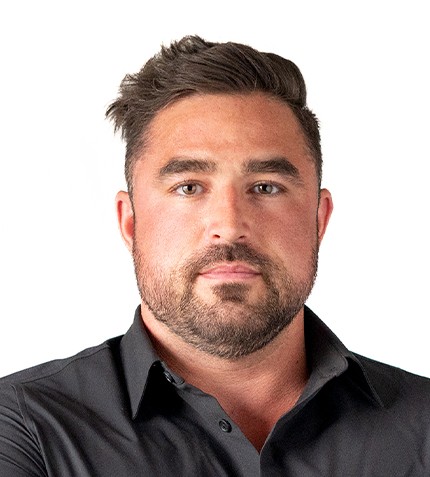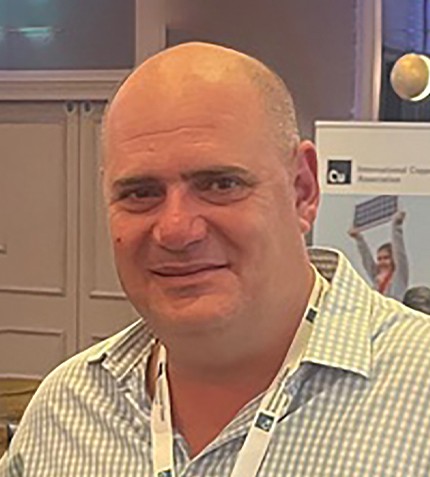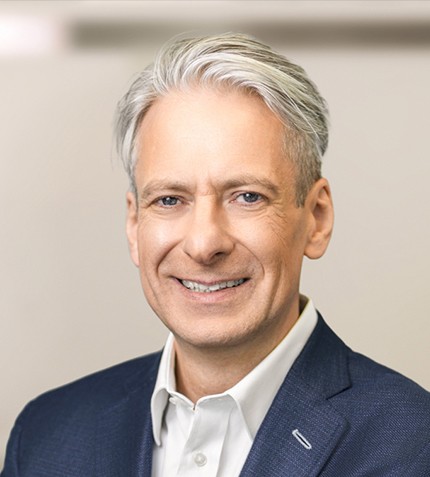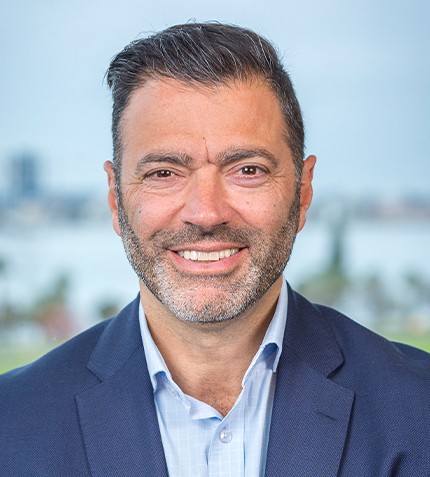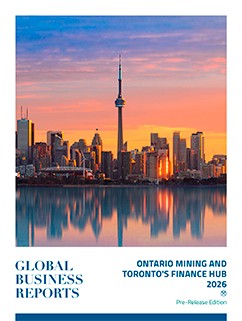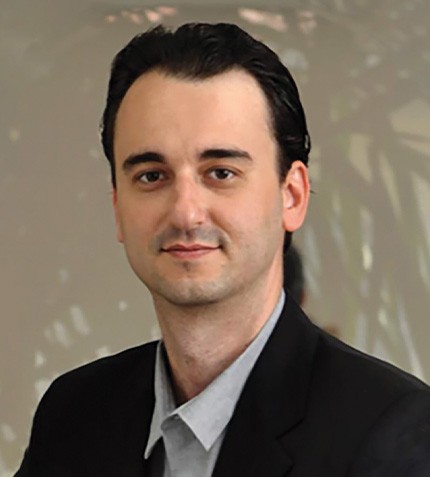
"Petrom has the technology to use alcohols from green sources and soybean oil to make 100% green plasticizers."
Fabiano Bianchi dos Santos
EXECUTIVE DIRECTOR, PETROM PETROQUÍMICA MOGI DAS CRUZES
How have the past 12 months been for Petrom?
2021 was a good year for Petrom as the local supply chain became stronger. Moving into 2022, there was significant uncertainty, and it was difficult to make predictions, but Petrom performed well in the first half of the year, and we are optimistic that we will have the same volume of production and sales as 2021 – one of the highest in the company’s history.
In the export market, Petrom mainly exports renewable alcohols to North America and Europe and Phthalic Anhydride to Latin America. 2022 has been a good year, as not only are we exporting, but our resilient customers are also still exporting, driving good results for the entire value chain.
Despite the challenges in recent years, there are currently great opportunities for local producers and because of the size of the country there is also the capacity to take advantage of these opportunities.
Are you concerned that the recent economic slowdown and rising inflation could impact demand?
This has not yet impacted demand, but increasing interest rates in Brazil, US, and Europe will definitely impact the construction sector, which is our main market. We expect to see a slowdown in the rhythm of the economy as well as volume demand for chemicals in the short term.
We have seen the effects of inflation on commodities, feedstocks, food and energy. For instance, our feedstocks are double the value that they were one year ago. Fortunately, we source the majority of our feedstock locally from Braskem, but rising prices have been unavoidable.
What are the main steps for Petrom’s aim to achieve energy and hydro self-sufficiency?
Petrom, within its Environmental Management System following the guidelines of ISO 14001, established itself as one of the first industries in Brazil to reach the level of Zero Effluent with 100% reuse of water, not discarding any type of wastewater into rivers and reducing the consumption of water.
To achieve energy self-sufficiency some investments will be made to use our self-generated thermal energy as the primary source for the other types of energy we consume.
Can you explain how Petrom makes bio-based plasticizers and what their benefits are?
Bio-based plasticizers are produced using soybean oil, which is a renewable material, and alcohols from renewable sources. Petrom has the technology to use alcohols from green sources and soybean oil to make 100% green plasticizers. There is a niche of customers that value this and use the bio-based products in their formulations of compounds and films, and this is an area of the business we see as having strong growth potential.
How has the business climate in Brazil evolved in the last two years for petrochemical producers?
The good demand we are seeing is driven by our customers localizing supply chains and exporting to their headquarters, rather than using Asian manufacturers. Some American companies are using Brazil as a production hub to attend to their demands in the US, as the logistics situation importing from Asia has become unviable. This is bringing demand to Brazil and demonstrates the great potential of the country.
It is now the time for Brazil to focus on infrastructure, fiscal and taxing laws, and things that could create a better environment for companies and industry in general.
How do you see Petrom’s business developing over the next five years as the transition to green products gathers pace?
Petrom has the strategy to evolve, but this will be done sustainably from a business standpoint, in small steps. We have to produce materials that are valued by customers and final consumers. We are already at a place where some customers are asking for more sustainable materials, but transitioning to a place where everything is green could take some time. In our industry it is important to give options to final users, and in time consumers will start to understand the importance of green products.




